Generative AI systems make decisions, process sensitive data, interact with customers, and generate content at scale, and every one of these capabilities introduces risks that traditional IT security policies were never designed to handle.
The discipline required to secure generative AI goes beyond extending existing policies. It demands a dedicated framework built specifically for AI-driven risks. Organizations that treat AI security as an extension of general IT policy leave critical gaps unaddressed, creating exposure precisely when AI systems interact with their most sensitive data and high-impact business processes.
Why AI Demands Its Own Security Framework
Traditional applications follow predictable paths and produce deterministic outputs. AI systems do neither. They generate probabilistic responses that make their behavior inherently unpredictable and fundamentally harder to secure through conventional controls.
Model exploitation introduces attack vectors that conventional security measures cannot mitigate, because they target the AI system's decision-making logic rather than its infrastructure or access layers. Jailbreak prompts bypass content filters by exploiting gaps in the model's instruction-following behavior. Adversarial inputs manipulate responses through carefully crafted edge cases, and training data poisoning corrupts model integrity over time by introducing subtle biases that multiply across millions of inference requests.
Data confidentiality becomes far more complex when models memorize fragments of training data and inadvertently reproduce them in responses, blurring the line between legitimate output and unauthorized disclosure. Models lack awareness of which information must remain confidential, making external validation and output filtering essential to prevent inappropriate disclosures.
AI-generated misinformation compounds this risk by creating reputational and operational exposure at scale. Systems can produce convincing but incorrect information, generate deepfakes that impersonate individuals with alarming realism, and output content that violates organizational policies at volumes impossible for manual review.
Regulatory pressure intensifies the challenge. The EU AI Act mandates transparency, risk management, and human oversight for high-risk systems, while NIST's AI Risk Management Framework establishes widely adopted standards. Industry-specific regulations now address AI governance directly, creating compliance obligations that extend far beyond traditional data protection.
AI systems evolve continuously in response to new data and contexts. Static security postures fail against dynamic systems.
Five Pillars of AI Security Policy
Building a resilient AI security policy means addressing five interconnected pillars where each reinforces the others. Gaps in one weaken the whole structure.
1. Data Governance
Organizations must define what data models can access, how prompts and responses are logged for audit, and implement data minimization to limit model exposure to only what's necessary for legitimate business functions.
Strong governance requires:
Classification rules that determine which AI systems can process specific data categories based on sensitivity and justification.
Comprehensive logging of prompts and responses for audit and forensic readiness.
Preprocessing controls that mask or remove sensitive information before inference.
Output filtering mechanisms that redact sensitive data before it reaches end users.
Every point where data enters or exits an AI system is a potential exposure surface. Organizations that control data flow preserve visibility and control risk.
2. Model Security
Protecting the integrity and reliability of AI models requires continuous validation and testing beyond initial deployment.
Key actions include:
Regular red teaming exercises to test resistance against real-world exploitation techniques.
Version control and change management for all model updates and fine-tuning activities.
Security reviews before production deployment of new models or retrained versions.
Rollback mechanisms to restore safe configurations after regressions or anomalies.
Models are infrastructure, and they demand the same rigor applied to authentication systems, identity management, and network perimeters.
3. Access Control
Organizations must define AI-specific user roles, permissions, and usage boundaries. Relying on general access control frameworks leaves dangerous blind spots.
Effective access control requires:
Role-based permissions that define who can access specific AI functions and data inputs.
Usage boundaries that restrict query types and prevent data-mining behavior.
Rate-limiting and volume detection to prevent large-scale extraction attempts.
Segregation of duties between model developers, data handlers, and administrators to minimize insider risk.
Access without boundaries equals vulnerability at scale. One compromised credential can silently manipulate or exfiltrate sensitive data.
4. Compliance Alignment
Integrate AI security controls with existing compliance frameworks, while covering AI-specific risk areas that traditional standards overlook.
Organizations should:
Map controls to SOC 2, ISO 27001, and NIST AI RMF for structured governance.
Adopt ISO/IEC 42001 for international AI management standards.
For EU operations, comply with AI Act mandates on transparency, human oversight, and accuracy testing.
Documentation proves discipline. Audit trails prove compliance. Explainability builds trust.
5. Continuous Monitoring
AI security requires feedback loops, not static audits. Continuous monitoring ensures real-time detection and sustained compliance.
Key practices include:
Tracking anomalous prompts or output patterns for exploitation indicators.
Watch for authentication failures or unauthorized access attempts.
Validating adherence to policy across users and workflows.
Monitoring performance anomalies that could mask denial-of-service or model drift.
Real-time visibility enables real-time defense. Without it, threats evolve unnoticed.
Building the Policy: Six-Step Framework
1. Map Every AI Use Case
Create a full inventory of all AI-enabled systems from production to pilot, document which models are used, where they sit in the architecture, and what data they access.
Visibility precedes control. You cannot secure what you cannot see.
2. Assess Risk by Use Case
Categorize risks into data exposure, model exploitation, and operational dependency. Prioritize based on potential impact and likelihood.
Risk without prioritization creates paralysis.
3. Define Specific Guardrails
Establish measurable and enforceable controls for access, data handling, and output validation.
Clarity prevents inconsistency, and vague policies produce uneven implementation and residual risk.
4. Establish Testing Protocols
Define red teaming and vulnerability assessment schedules aligned to system risk.
High-risk systems: quarterly testing.
Lower-risk systems: semi-annual.
Major updates: test immediately.
Testing should move at the same speed as the model change.
5. Document and Train
Create accessible policy documentation and educate all stakeholders, from end users to engineers.
Understanding precedes discipline. People who know why controls exist apply them better under pressure.
6. Review Quarterly
Policies must evolve alongside models, threats, and regulations.
A static policy is an obsolete policy. Review, adapt, and revalidate every quarter.
The Role of AI Red Teaming
Policies define intent, red teaming validates reality, and skilled adversarial testers challenge the AI's defenses through jailbreaks, adversarial inputs, and edge-case exploitation to expose gaps between theoretical control and operational performance. Red teaming converts assumptions into evidence. It builds intuition about risk patterns, reveals blind spots, and provides regulatory proof of due diligence.
Organizations should embed red teaming as the audit backbone of their AI security program. Regular adversarial testing ensures that documented controls withstand real-world pressure that safety mechanisms actually prevent harmful outputs, that access controls actually block unauthorized queries, and that monitoring systems actually detect exploitation attempts before damage occurs.
Red teaming also accelerates organizational learning in ways passive monitoring cannot. Teams develop pattern recognition for subtle attack indicators, build confidence in distinguishing between legitimate edge cases and malicious probing, and establish baselines that make future anomalies easier to detect. Documentation from these exercises creates an institutional knowledge base that informs both immediate remediation and long-term policy improvements. Make it your audit backbone, controls untested under pressure are assumptions waiting to fail.
Four Critical Mistakes to Avoid
Treating AI as a black box. Without understanding how outputs are generated, subtle manipulation becomes invisible. Know the system's strengths, limits, and error patterns.
Overlooking third-party AI integrations. Every API, model provider, and plugin you connect to expands your AI attack surface. Blindly trusting vendor assurances creates hidden dependencies that adversaries can exploit. Assess vendor security posture, review model integration architectures, and validate that promised safeguards from content filters to access controls actually perform within your environment. In AI ecosystems, trust must be earned, tested, and continuously verified.
Neglecting documentation and oversight. Unclear ownership erodes accountability. Structured oversight keeps AI aligned with policy, compliance, and organizational ethics.
Every skipped control becomes an attacker's entry point.
Maintaining Compliance and Transparency
Organizations must stay aligned with evolving standards, NIST AI RMF, ISO/IEC 42001, and the EU AI Act, all of which emphasize governance, accountability, and continuous monitoring.
The NIST AI RMF organizes governance into four core functions:
Govern - Establish structures and accountability.
Map - Identify stakeholders and context.
Measure - Assess risks and validate controls.
Manage - Implement responses and safeguards.
The ISO/IEC 42001 standard addresses lifecycle governance from development through decommissioning, embedding AI security into enterprise management systems.
The EU AI Act adds legally binding requirements for high-risk systems documentation, human oversight, accuracy validation, and ongoing monitoring.
Documentation is the backbone of compliance; it must record what was done and why, showing that decisions were informed by contextual risk analysis, applicable to specific deployment scenarios, and aligned with organizational risk tolerance. Generic compliance checklists satisfy auditors temporarily but fail to demonstrate the disciplined thinking that regulators increasingly expect from organizations deploying consequential AI systems.
Audit trails demonstrate that policies operate as intended in daily use. Monitoring user activity, configuration changes, and security events turns policy from text into evidence. These trails should capture who made changes, what triggered those changes, and how the organization validated that modifications maintained the security posture. When incidents occur, comprehensive audit trails enable rapid investigation and provide the forensic foundation for understanding what happened and how to prevent recurrence.
Explainability builds confidence across stakeholder groups. Auditors need to understand how systems reach conclusions to assess whether controls function appropriately. Executives need visibility into what drives AI decisions to make informed risk acceptance choices. Technical teams need insight into model behavior to troubleshoot anomalies and optimize performance. Users need transparency about system limitations to calibrate their reliance on AI-generated outputs appropriately.
From Policy to Practice
A generative AI security policy is a living framework, not a static document. Effectiveness is measured by what it prevents, the incidents it stops, the audits it passes, and the value it enables. Successful policies enable secure AI at scale through clear guidance for consistent implementation, strong controls that mitigate critical risks, and sufficient flexibility to evolve as technology advances and threat landscapes shift.
They fail when they become compliance theatre, perfectly written, rarely followed, and never tested. Policies that exist only to satisfy regulatory checkboxes create false confidence while leaving actual security gaps unaddressed. The distance between documented intent and operational reality determines whether organizations can deploy AI systems that deliver business value without creating unacceptable risk.
AppSecure ensures that policies are translated into practice through continuous testing, adversarial validation, and expert oversight. AppSecure verifies that your AI defenses perform under real-world pressure during attempted exploitation, under operational stress, and across the full range of deployment scenarios your systems encounter. Security is what endures attack, not what lives in documentation. Schedule a free Consultation Call to see how your controls perform under attack.
FAQs
1. How does an AI security policy differ from a data protection policy?
Data protection governs information handling. AI security governs system behavior. AI policies address model integrity, exploitation resistance, transparency requirements, and fairness considerations, dimensions that traditional data governance frameworks were never designed to cover. Both work together because AI systems process data that data policies protect, but AI policies must extend beyond access control and encryption to address how models make decisions, what techniques can manipulate their outputs, and what governance structures ensure appropriate conduct.
2. How often should AI systems be red-teamed?
High-risk systems require quarterly testing at a minimum. Moderate-risk systems can follow semi-annual schedules. Trigger additional testing after every major model update, capability expansion, or when security researchers publish new attack techniques that might apply to your deployment. The frequency should match both the consequence of potential failures and the velocity of system changes because each modification potentially introduces new vulnerabilities that adversarial testing must validate.
3. Is compliance enough to secure AI systems?
Compliance establishes the baseline; it proves you met documented requirements at specific points in time. Standards necessarily lag behind active threats because framework development requires consensus-building and publication cycles that move more slowly than adversary innovation. True protection requires proactive testing that validates control effectiveness, adaptive defense that responds to emerging threats, and intelligence-driven improvement that incorporates lessons from across the security community. Compliance proves process. Testing proves protection.
.webp)
Founder & CEO @ Appsecure Security


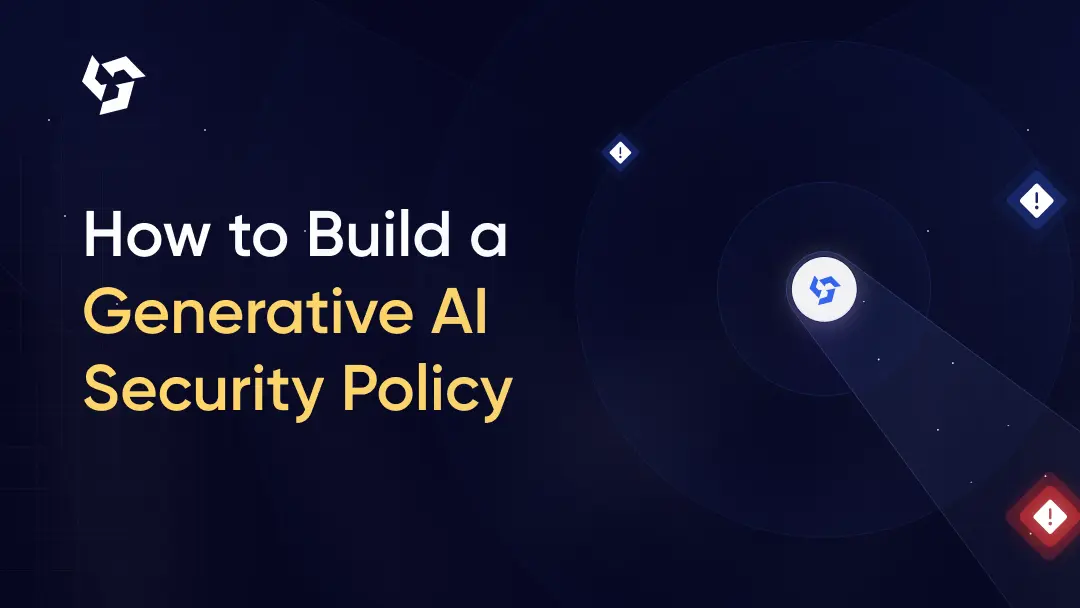





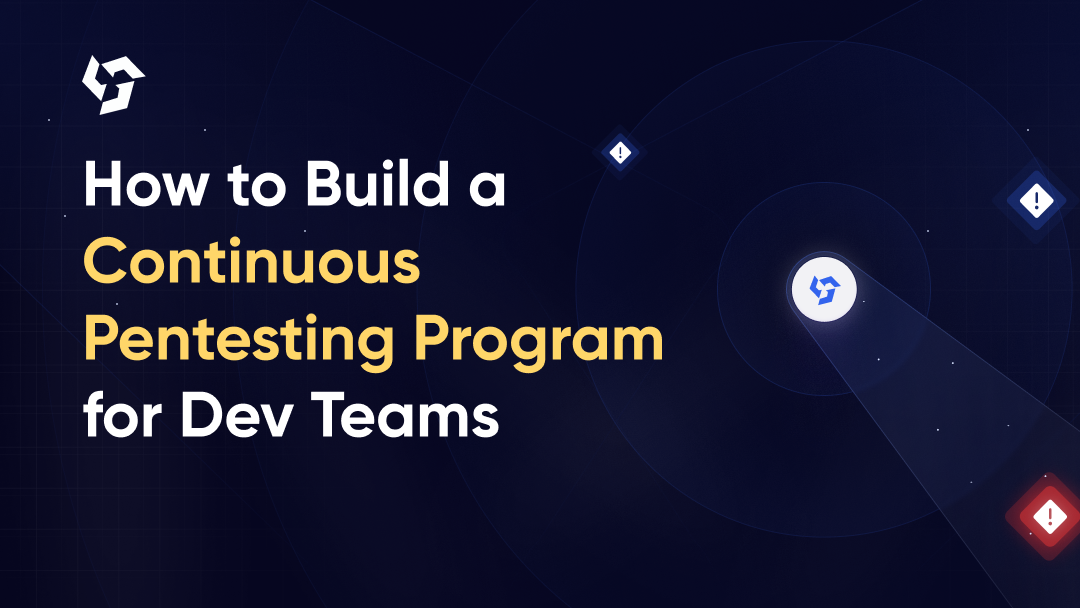






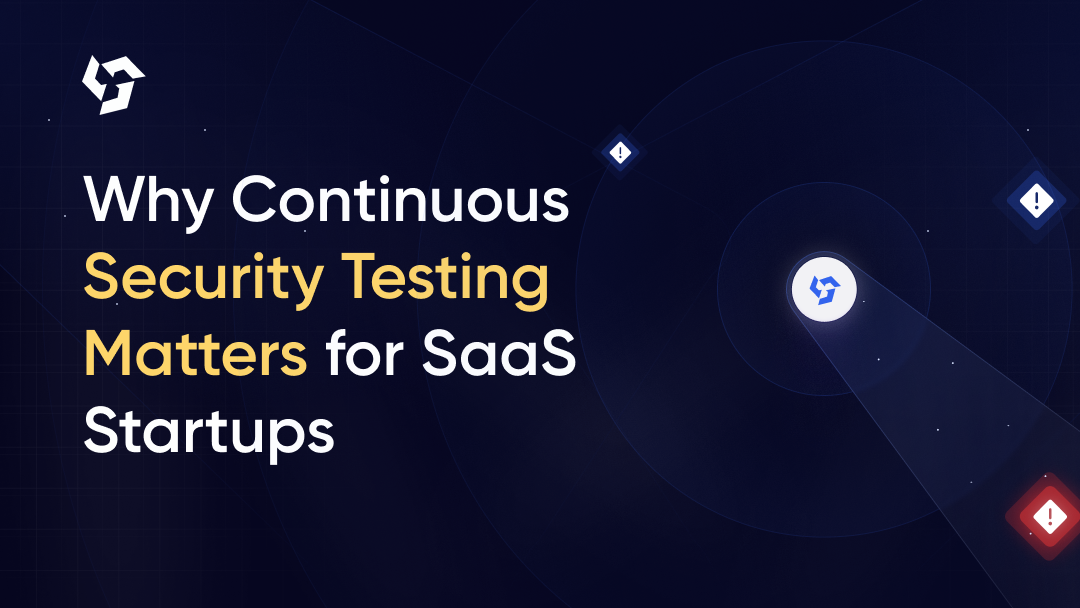
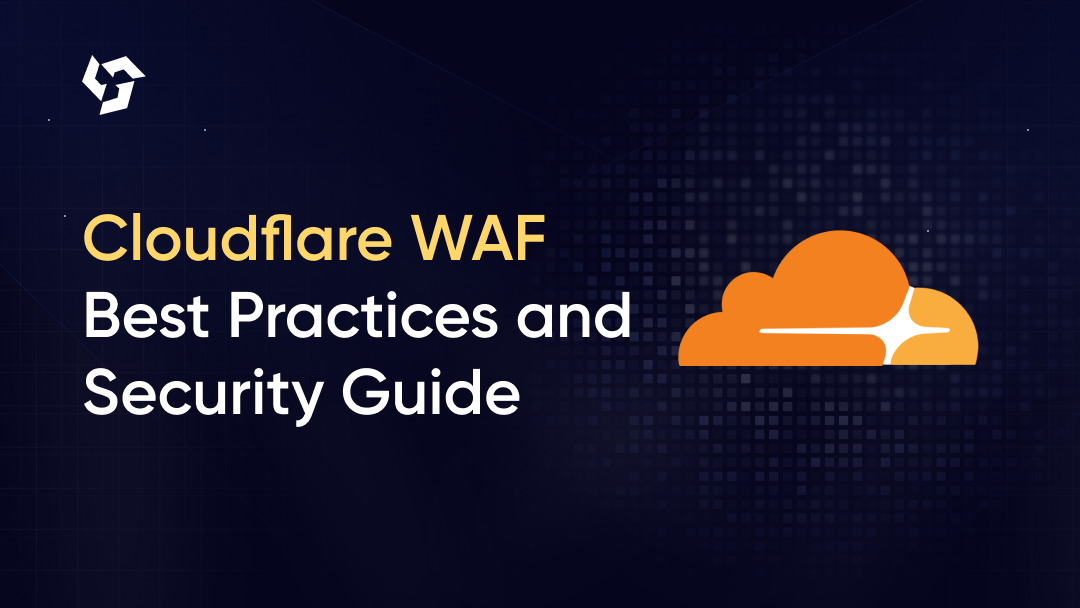

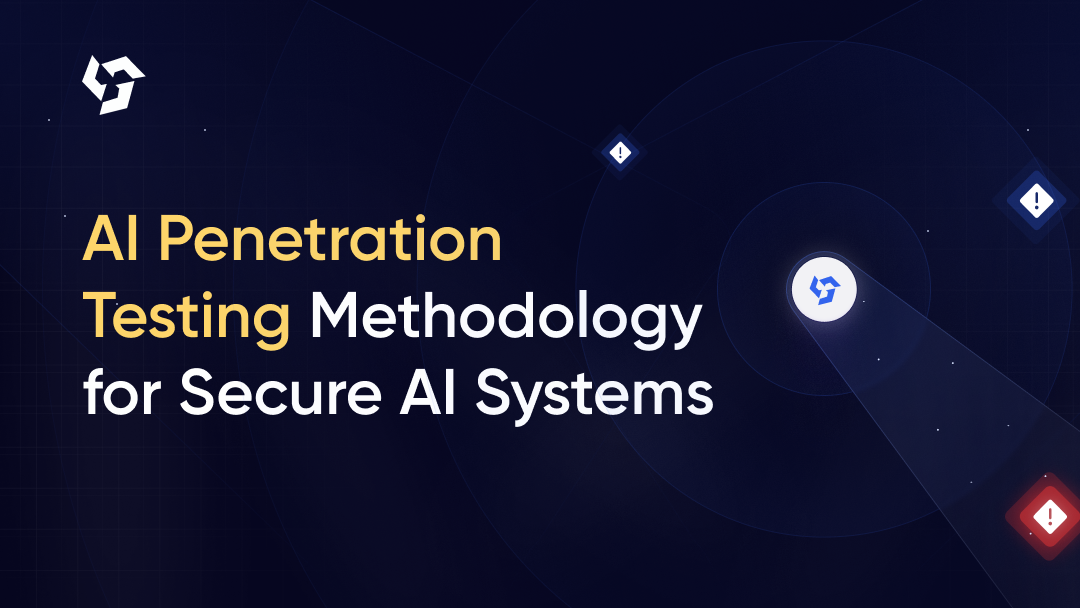
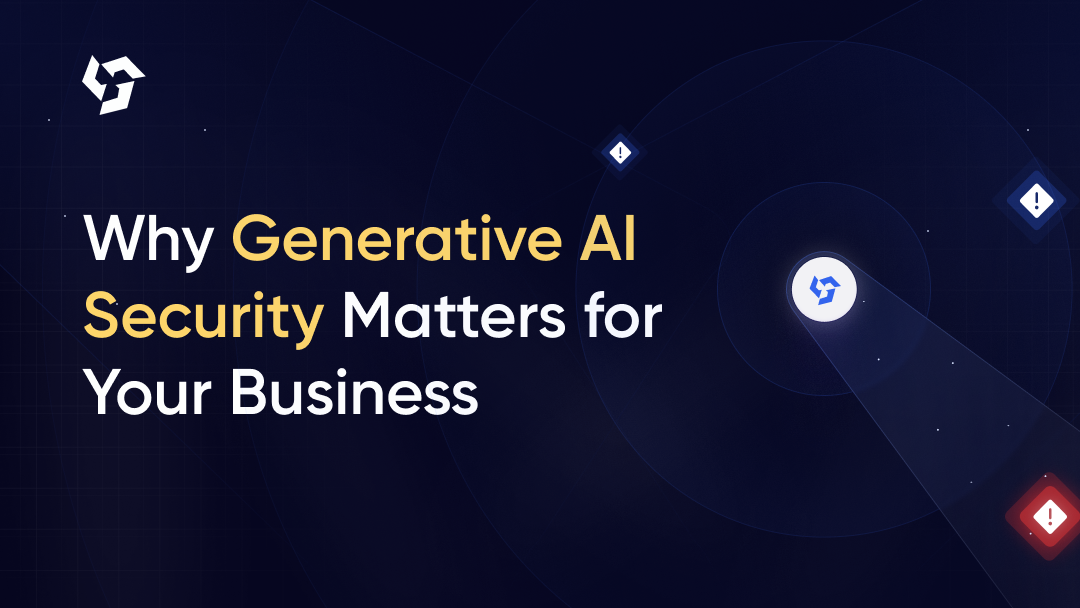
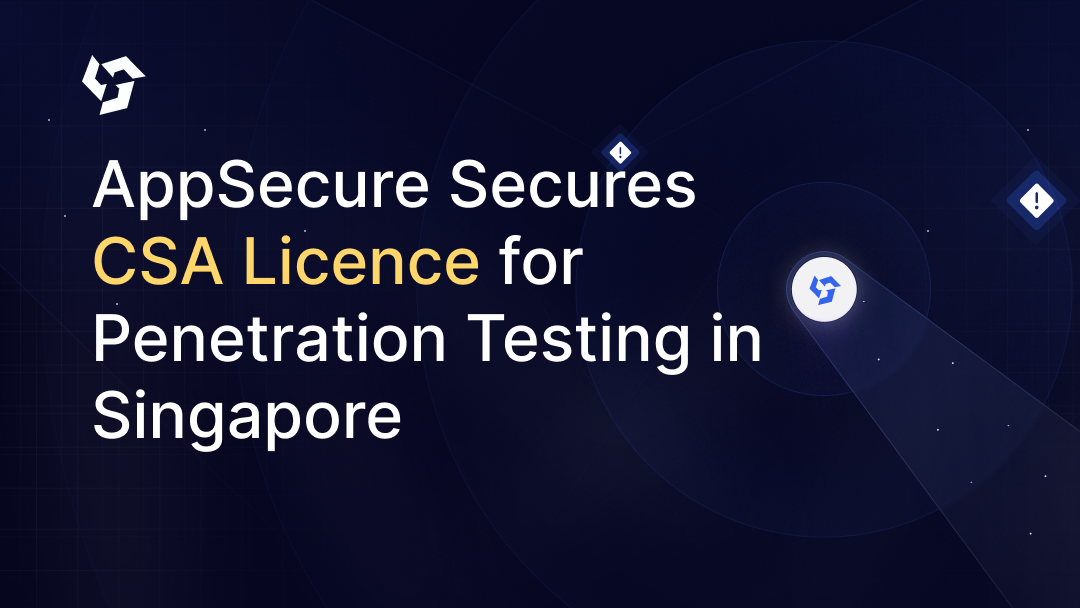
.png)
.png)
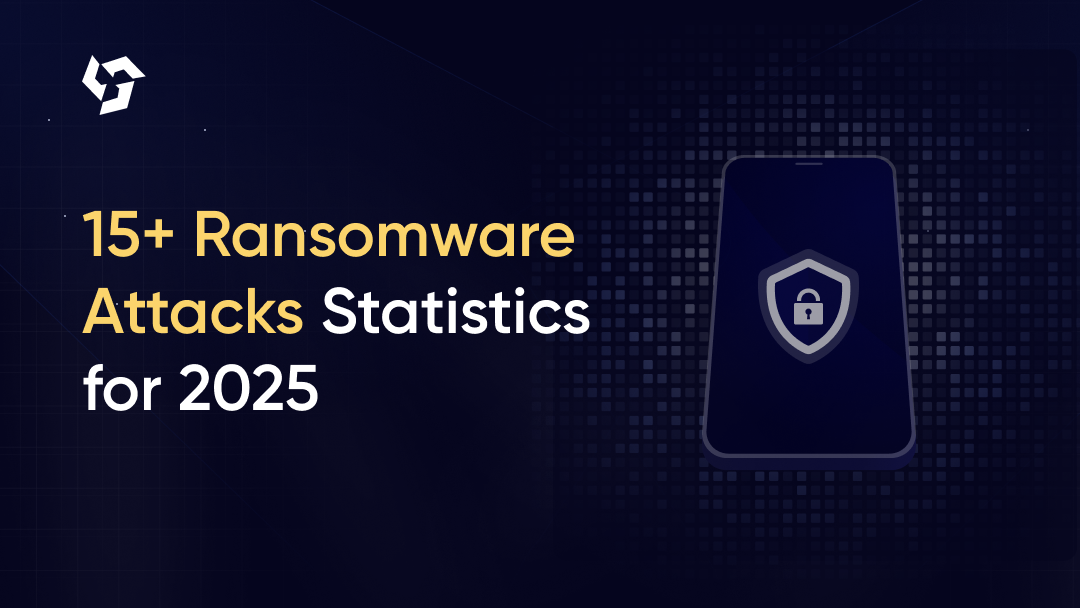
.png)
.png)
.png)
.png)
.png)
.png)
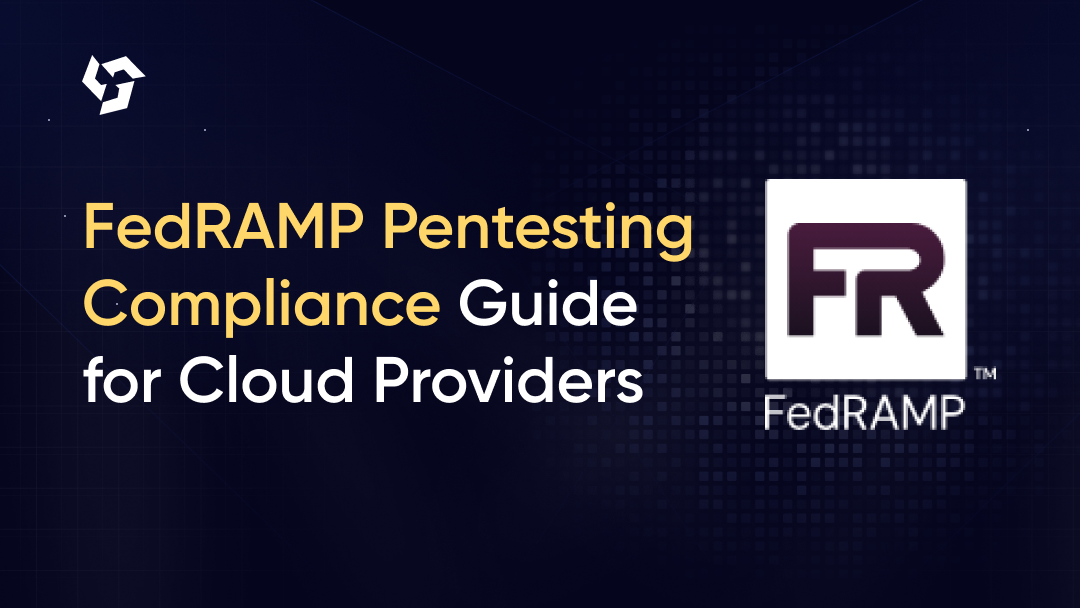
.png)
.png)
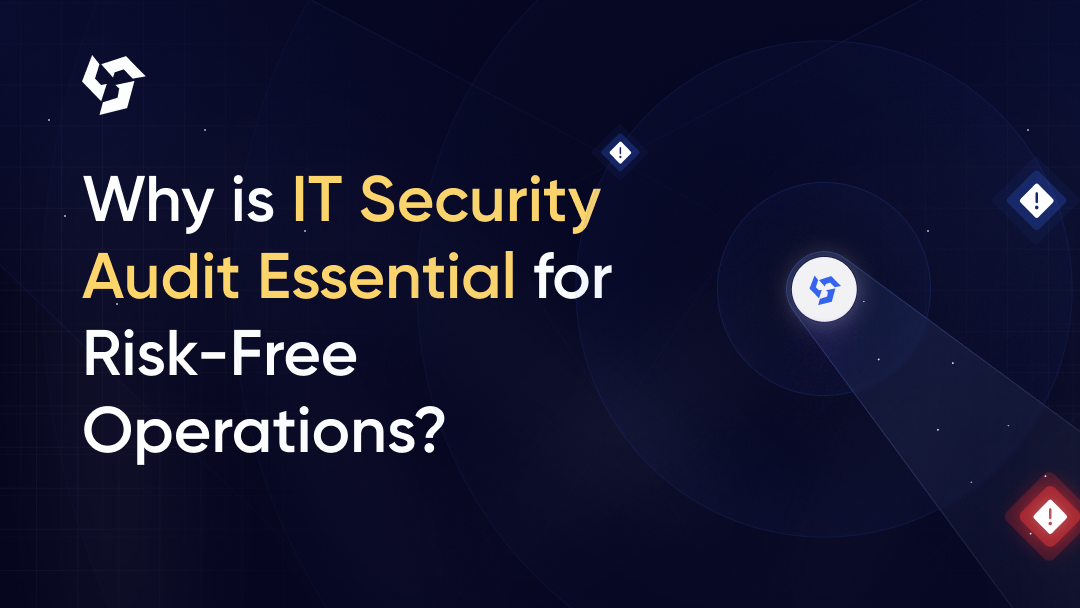


.png)



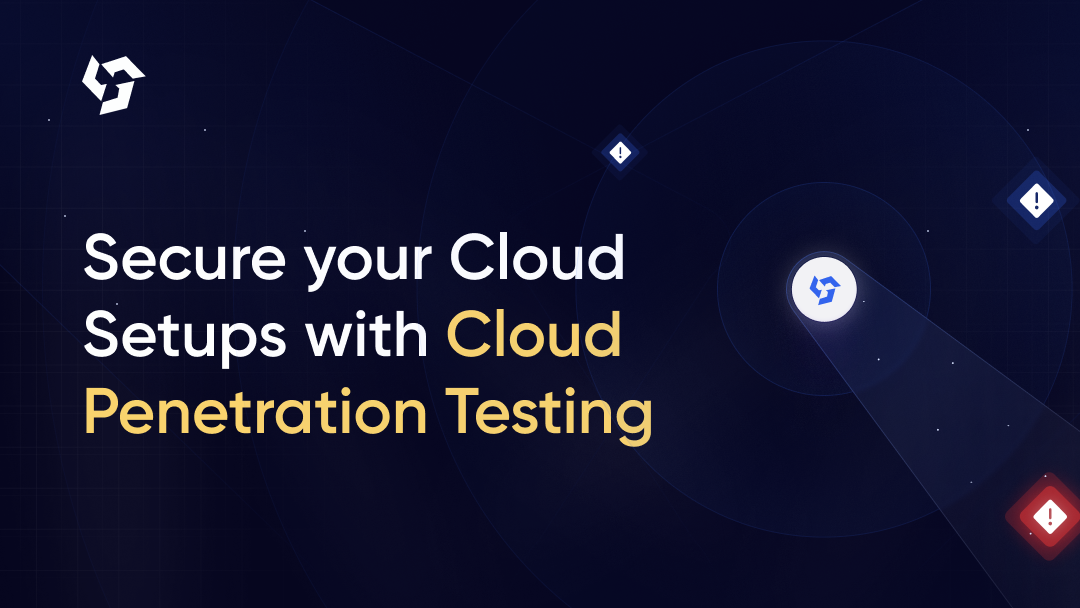
.png)
.png)
.png)
.png)

.png)
.png)
.png)

.png)
.png)
.png)
.png)
.png)

.png)









.webp)





.webp)


.webp)

.webp)



.webp)
.webp)
.webp)
.webp)













.webp)
